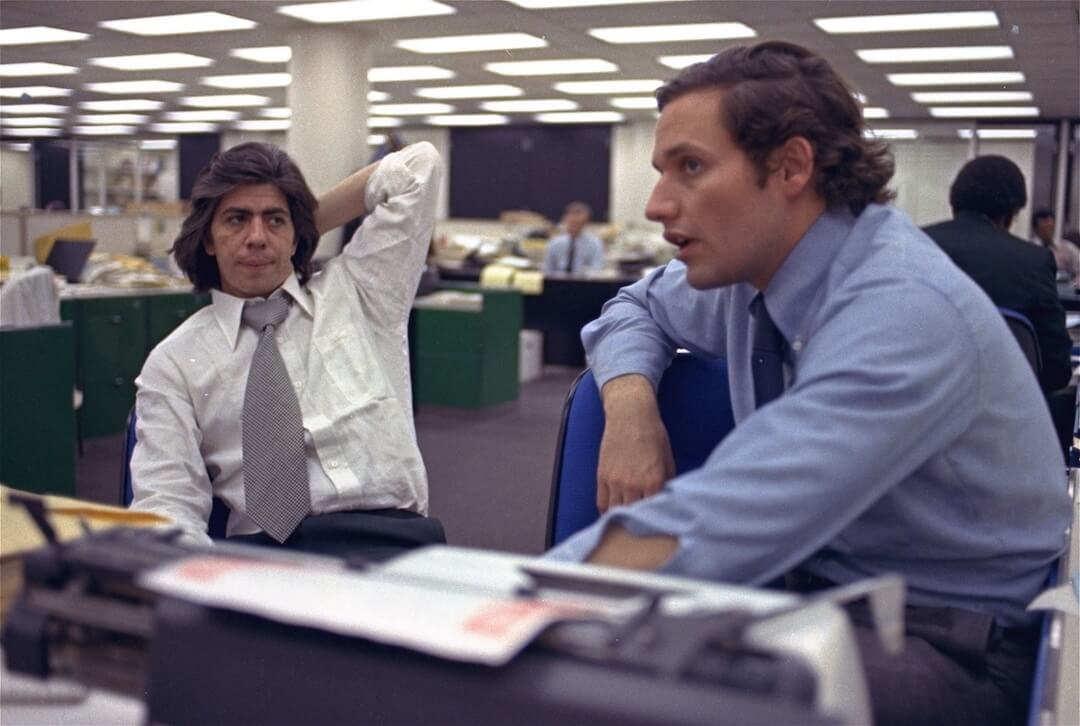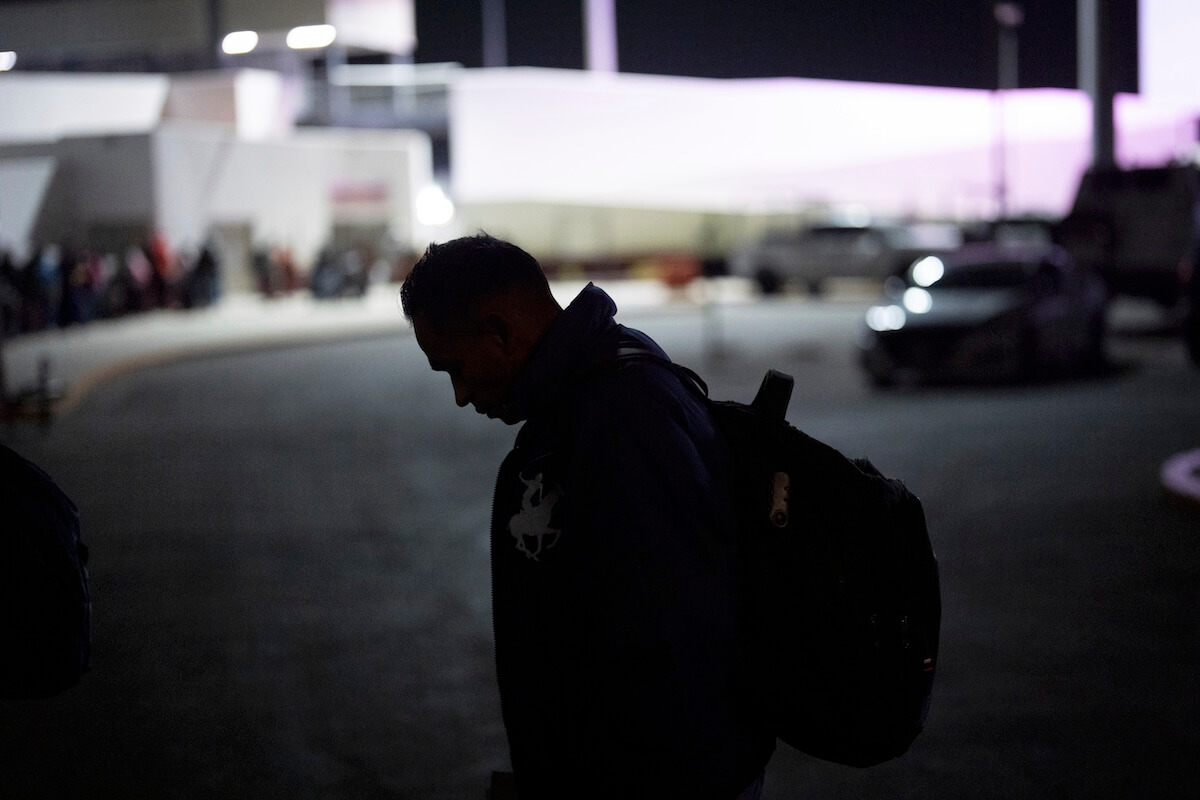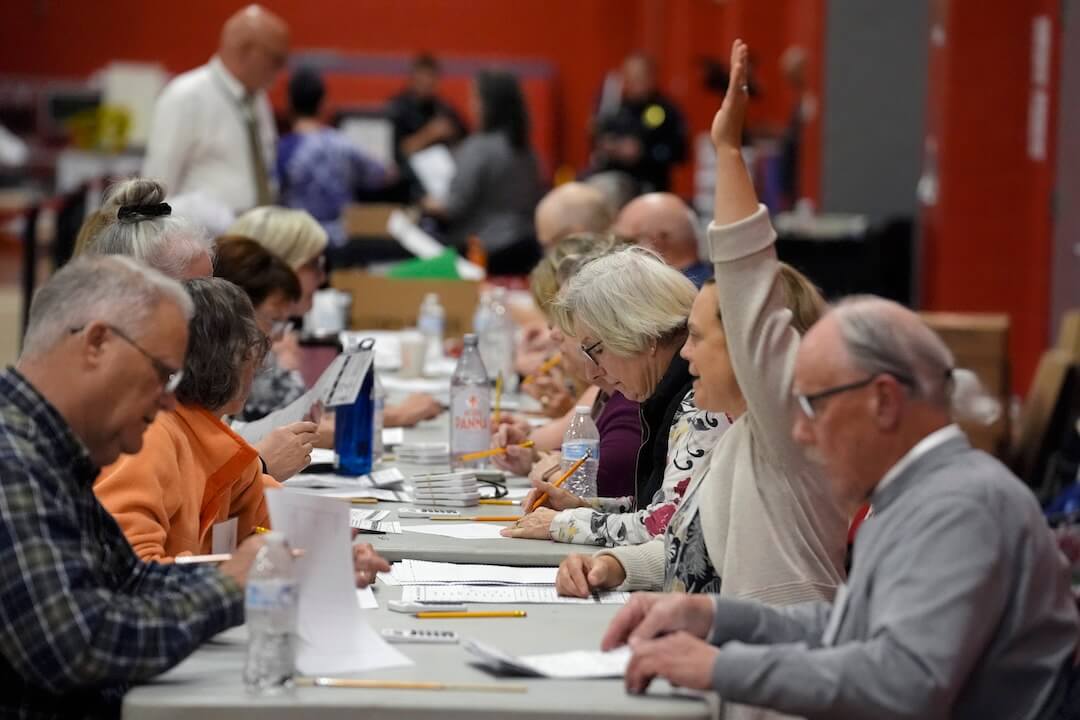 Covering COVID-19 is a daily Poynter briefing of story ideas about the coronavirus and other timely topics for journalists, written by senior faculty Al Tompkins. Sign up here to have it delivered to your inbox every weekday morning.
Covering COVID-19 is a daily Poynter briefing of story ideas about the coronavirus and other timely topics for journalists, written by senior faculty Al Tompkins. Sign up here to have it delivered to your inbox every weekday morning.
In the next few days, western states will see temperatures top 100 degrees. Rivers and lake beds are turning to dust and wildfires are already burning forests and fields.
The National Interagency Fire Center says, “Wildfire activity continues in eight states,” including Arizona, New Mexico, Utah and Wyoming, “where 25 large fires have burned 288,409 acres.”

(National Interagency Fire Center)
Let’s pull some data from recent years to put this year’s data in context:

(National Interagency Fire Center)
Smithsonian Magazine reports some new data showing what we lost in last year’s fires:
California’s Castle fire may have killed off ten to 14 percent of the world’s giant sequoias, reports Joshua Yeager of the Visalia Times-Delta.
The tally of dead trees comes from a new draft report that used satellite imagery, forest modelling and surveys to revise initial estimates of how many titanic trees were lost when flames ripped through parts of Kings Canyon and Sequoia National Parks. That initial estimate was around 1,000 dead sequoias, but now scientists with the National Park Service and U.S. Geological Survey (USGS) suspect between 7,500 and 10,600 mature trees may have died, reports Kurtis Alexander for the San Francisco Chronicle.
Some researchers involved in cataloguing the losses were overcome by emotion. “Not much in my life in the natural world has made me cry, but this did,” Nate Stephenson, an ecologist at the USGS who has been studying sequoias for 40 years, tells the Chronicle. “It hit me like a ton of bricks.”
AMA: 96% of physicians are vaccinated against COVID-19
The American Medical Association says 96% of physicians have taken the COVID-19 vaccine and that among those who have not been vaccinated, most plan to be soon. Contrast this with the occasional anti-vaxing doctors who sometimes make news when they say wild things in front of legislators or microphones.
“Practicing physicians across the country are leading by example, with an amazing uptake of the COVID-19 vaccines,” AMA President Dr. Susan R. Bailey said. “Physicians and clinicians are uniquely positioned to listen to and validate patient concerns, and one of the most powerful anecdotes a physician can offer is that they themselves have been vaccinated.”
National Parks are packed with post-COVID visitors
We knew that once people felt free to travel again they would do so with gusto and man, oh man, have they ever. National parks are overflowing, sometimes closing gates early, partly due to first-time visitors. The Fresno Bee reports:
The National Park Service said it’s expecting one of the busiest summer seasons on record this year after the coronavirus pandemic halted many vacation plans in 2020.
Before the summer even started, some national parks shattered their visitation records.
At Grand Teton National Park in Wyoming, visitation was up nearly 50% from the same time in 2019, according to the National Park Service.
“Expect long lines at entrance stations, extremely busy facilities and destinations, as well as delayed travel times due to heavy traffic and wildlife jams,” park officials said Monday in a news release.
Other national parks are seeing similar trends. Visitation was also up in Utah’s Zion and Arches national parks, according to National Park Service data.
The Novavax COVID-19 vaccine is ‘highly effective’

A vial of the Novavax coronavirus vaccine is seen ready for use in the trial at St. George’s University hospital in London. Novavax says its vaccine appears effective against COVID-19 in a large study, including against variants. Results from the study in the U.S. and Mexico were released on Monday, June 14, 2021. (AP Photo/Alastair Grant, File)
Just think how big this news would have been only a year ago in the United States. It is still significant news for much of the world that has little to no access to vaccines today. Novavax released its phase 3 drug trials Monday, which show the vaccine is 90% effective, including against some variants. Main findings include:
- 93% efficacy against predominantly circulating Variants of Concern and Variants of Interest
- 91% efficacy in high-risk populations
- 100% efficacy against variants “not considered Variants of Concern/Interest”
- All COVID-19 hospitalizations/death occurred in the placebo group
The drug company says it could be ready to produce 150 million doses by the end of the year and will release more data to the Food and Drug Administration soon.
Girl Scouts have 15 million boxes of unsold cookies

This June 7, 2021, image shows the headquarters of Girl Scouts of New Mexico Trails in Albuquerque, New Mexico. Rebecca Latham, CEO of Girl Scouts of New Mexico Trails, said her council had thousands of boxes left over at the end of the selling season in late spring, even though girls tried innovative selling methods like drive-thru booths and contact-free delivery. (AP Photo/Susan Montoya Bryan)
In addition to having millions of unused doses of COVID-19 vaccines, we now face the unimaginable tragedy of having 15 million boxes of unsold Girl Scout cookies. The goodies are being stored at local councils and at the bakeries that produce them.
“This is unfortunate, but given this is a girl-driven program and the majority of cookies are sold in-person, it was to be expected,” said Kelly Parisi, a spokeswoman for Girl Scouts of the USA.
The impact will be felt by local councils and troops, who depend on the cookie sales to fund programming, travel, camps and other activities. The Girl Scouts normally sell around 200 million boxes of cookies per year, or around $800 million worth.
The story says that even though Girl Scouts have tried all sorts of innovative ways to sell cookies virtually and through drive-thrus, the demand has not met the supply.
By early spring, when troops usually set up booths to sell cookies in person, U.S. coronavirus cases were still near their peak. Hundreds of girls opted not to sell cookies in person. Online sales and even a delivery partnership with Grubhub failed to make up the difference.
As a result, around 15 million boxes of cookies were left over as the cookie season wound down. Most — around 12 million boxes — remain with the two bakers, Louisville, Kentucky-based Little Brownie Bakers and Brownsburg, Indiana-based ABC Bakers. Another 3 million boxes are in the hands of the Girl Scout councils, which are scrambling to sell or donate them. The cookies have a 12-month shelf life.
It’s unclear how much of a financial hit the Girl Scouts suffered because of the decline in sales since the organization won’t reveal those figures. And it isn’t the biggest blow the cookie program has ever faced. That likely came during World War II, when the Girl Scouts were forced to shift from selling cookies to calendars because of wartime shortages of sugar, butter and flour.
What about elevators, fitting rooms and salad bars?
As we go back to offices, one of the still-unsettled questions is how high-rises will handle elevator occupancy. Some places will require masks in elevators for a while.
The Otis Elevator company did a lot of testing during the pandemic and says that the key to a healthy elevator car is airflow. Otis claims:
The study concludes that a short elevator ride represents a relatively low risk of exposure compared to several everyday activities — less than outdoor dining and comparable to a trip to the supermarket — when simple mitigation is in place.
But elevator occupancy rules vary around the country. Chicago recently increased the capacity for office building elevators to 50% allowable occupancy or six people. Other facilities are doing away with elevator occupancy limits.
The University of North Texas just announced that when students come back to campus elevators will be running as usual and water fountains will be turned back on.
Many retailers have reopened fitting rooms but some have not. The Chicago Tribune reports:
Shoppers still can’t try on clothes at T.J. Maxx stores in Illinois, but many other retailers have reopened them, including Target, Kohl’s and Primark.
Penelope’s fitting rooms have been open for awhile but the retailer only recently stopped quarantining clothes in the backroom before putting them back on shelves.
Self-service food bars are also a mixture of experiences. The Tribune says one of the biggest grocers, Jewel-Osco, “is reopening hot bars, wing bars and self-serve bakery areas.”
Salad bars are slowly coming back elsewhere.
Owner of 100 malls files for bankruptcy
Washington Prime Group, which owns 100 malls around the United States, says pandemic-related problems have forced it into bankruptcy.
Washington Prime, based in Columbus, Ohio, warned investors this was coming after the pandemic forced shutdowns in 2020, followed by some rent reductions for retailers.
This is the third big mall owner to file for bankruptcy in recent months. Two other mall owners, CBL Properties and PREIT, both filed for bankruptcy last year.
The way we work now
Journalists, after the year you have had, I wish each of your newsrooms had this outside their back doors.
At the last US-Russia summit, in 2018, our Finnish hosts kindly provided saunas for the international press. But the Swiss might be giving them a run for their money. Here is the view out the back door of the press filing center for Wednesday’s summit in Geneva: pic.twitter.com/rH4xPhlDju
— Mary Louise Kelly (@NPRKelly) June 13, 2021
We’ll be back tomorrow with a new edition of Covering COVID-19. Are you subscribed? Sign up here to get it delivered right to your inbox.








